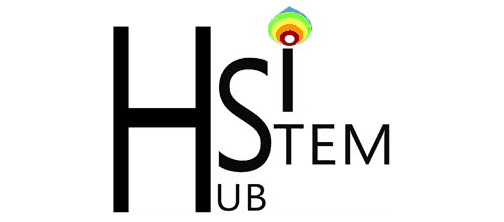Institutional ROLES AND RESPONSIBILITIES.
Defining expectations for faculty, staff, and administrators.
-
- NSF Grant Administration Compliance – a document provided by the NSF outlining the responsibilities of grantees
- Roles and Responsibilities – UMassAmherst outlines the roles and responsibilities of Principal Investigators and Co-Principal Investigators
- Roles and Responsibilities – RICE University outlines the roles and responsibilities of Principal Investigators, Department Administrators, Lab Technicians, Deans, and Department Chairs, and Office of Sponsored Projects and Research Compliance
- Latinos in higher education and Hispanic-serving institutions: Creating conditions for success – How can Latino educational attainment be advanced? This monograph presents relevant contemporary research, focusing on the role of institutional contexts. Drawing particularly on research grounded in Latino students’ perspectives, it identifies key challenges Latino students face and discuss various approaches to address these challenges… by Anne-Marie Nuñez, Richard E. Hoover, Kellie Pickett, A. Christine Stuart-Carruthers, & Maria Vazquez
- A review of this monograph by Cynthia Alcantar can be found here.
Establish Data-driven Goals.
Establish the institutional and national impact of your project:
-
- NSF STEM Education Data– data, trends, and analyses from the National Science Board’s “gold standard” of high-quality quantitative data on U.S. and international science, engineering, and technology, which is widely used by state and federal policymakers, businesses, universities, and many others to inform their decisions
- IPEDS – The National Center for Education Statistics maintains the Integrated Postsecondary Education Data System with aggregate-level data (no student-level information)
- National Academy of Sciences, Engineering, and Medicine Board on Higher Education and Workforce – conducts data-driven analyses of issues in higher education that affect our nation’s ability to meet national goals in order to enhance the education and careers of doctoral scientists and engineers, connect higher education with the labor market for the broader science and engineering workforce, and improve the participation of underrepresented groups in science and engineering
- National Snapshot of the Hispanic Population: August 20202 by Margie Vela Ph. D. – The Digest of Education Statistics predicts that percent white population of K-12 students will continue to decline through 2029, while percent Hispanic and multiracial student populations will continue to grow. These data analyses are important predictors for the future populations of colleges and universities and give us a clear indication that we must work towards a more inclusive and equitable education system.
- White House STEM Education Summit 2018– this summit brought over 200 STEM leaders together from all 50 states in order to develop a national STEM education plan
- Bureau of Labor and Statistics STEM occupations – this Spotlight on Statistics uses data from Occupational Employment Statistics and Employment Projections to take a closer look at STEM occupations
- Contact the Outcomes Assessment Officer at your institution
Learn More.
HSI STEM HUB
Resource for Hispanic Serving Institutions that promotes collaborations for STEM research education, develops research capacity, and enhances STEM pedagogy.
Contact Us
Department of Biology | NMSU
PO Box 30001, MSC 3AF
Las Cruces, NM 88003
575-646-3611
Follow us on X (Previously Twitter):
Follow us on LinkedIn:
Follow us on Instagram:
@hsistemhub

